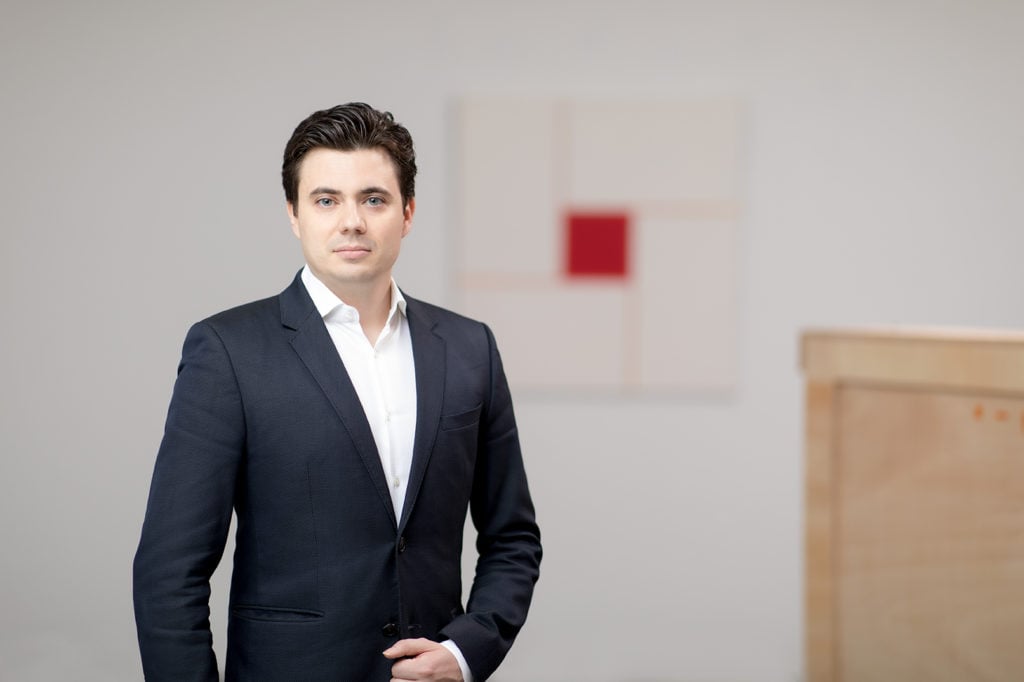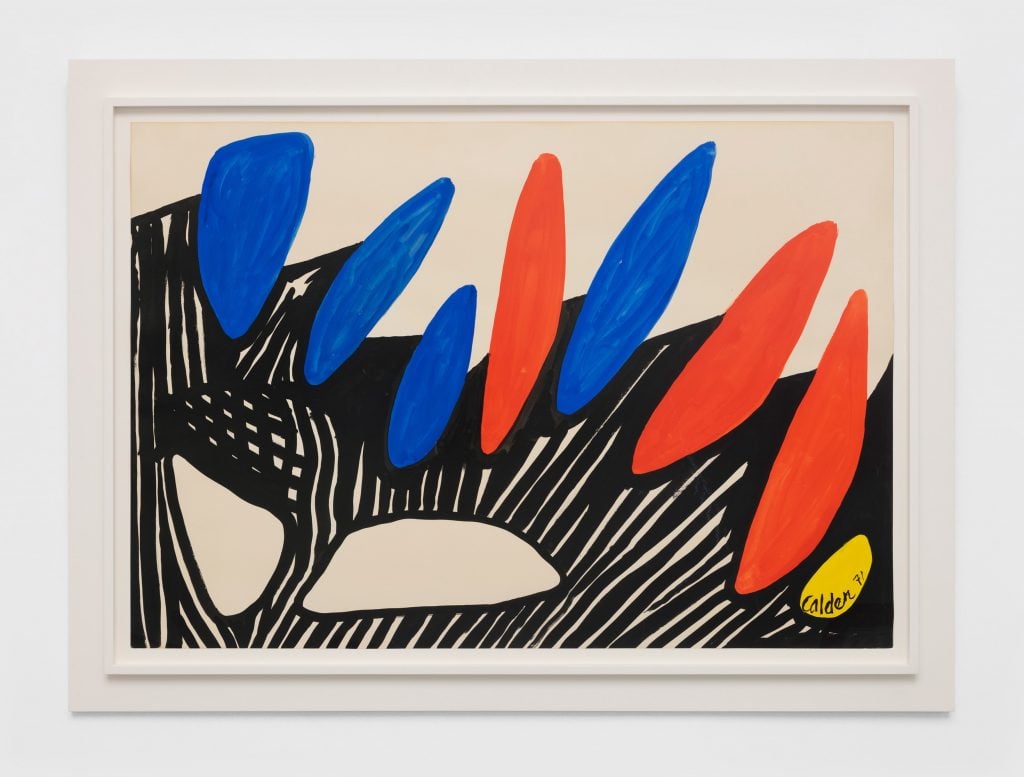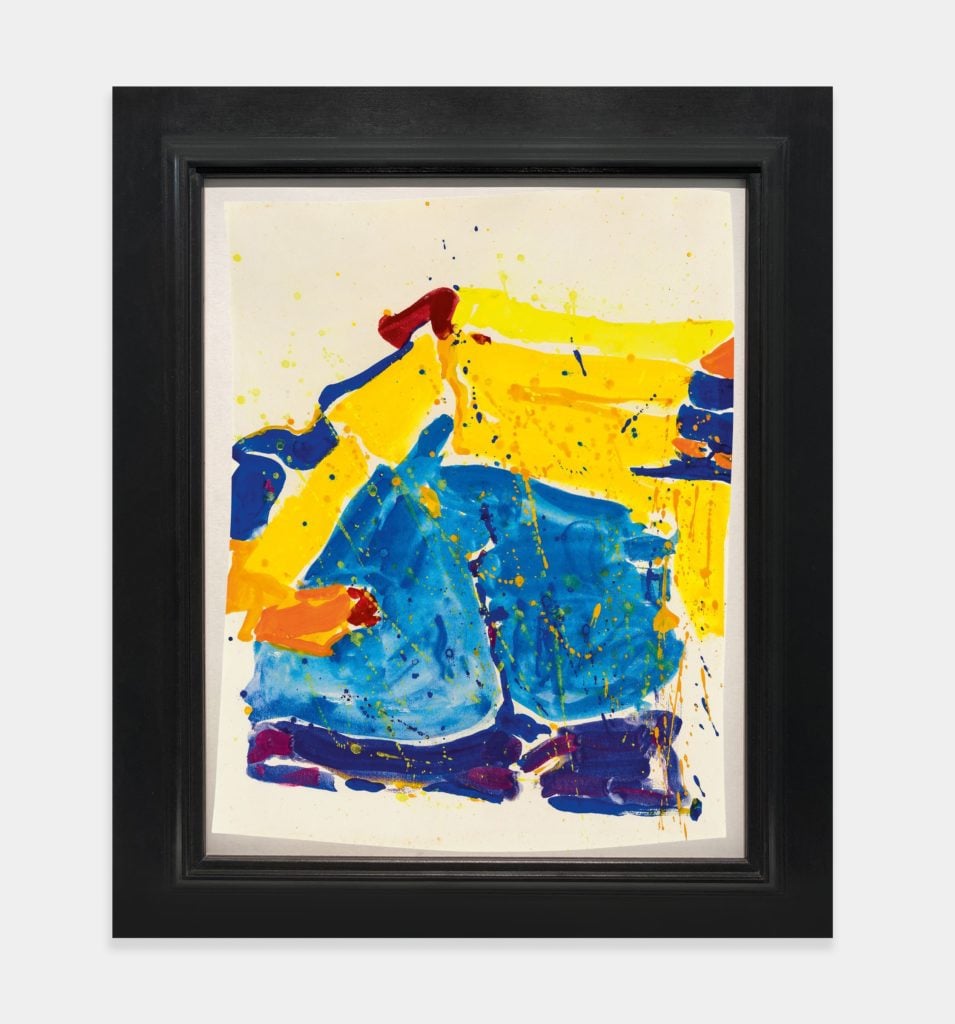Zeit Contemporary Art Founder and Scholar Joan Robledo-Palop on What He’s Been Up to During Quarantine


Artnet Gallery Network

Spanish-born gallerist Joan Robledo-Palop started his career as a curator and a scholar, but decided to switch gears and become a dealer before founding Zeit Contemporary Art, a home for modern masters and up-and-coming artists in Manhattan. We spoke with him about what he’s been up to at home.
You started your career working as a curator and a scholar. What inspired you to transition to becoming a dealer?
I grew up surrounded by art and started collecting at a very young age. Working as a scholar and museum curator was a truly formative experience, it organized my ideas about art. Later on, my involvement with artists, collectors, and the fact of living with art took me in a different direction. Nevertheless, I have never stopped organizing exhibitions and publishing about art. The art market in New York City is a truly stimulating juncture for research, innovation, and experimentation.
Tell me about your online exhibition “Joie de vivre,” which includes an interesting mix of younger and very well-known artists. What was the inspiration?
During these days at home and listening to everyone talking about a very dark future, I found great inspiration in looking at art. I thought: “If the work of Alexander Calder, Sam Francis, and Alex Katz opens my mind and elevates my awareness of life, I’m sure it can have a similar healing effect on other people.” The heart of “Joie de vivre” is art that generates positive emotions. Sometimes, we are only prepared to enter into the realm of beauty when we are confronted by the ugliness of the world. Critics and art historians tend to set aside art that is firmly aesthetic, it’s like an old distinction between the head and the heart. Nevertheless, historical moments like this one teach us that we cannot take for granted beauty and positive feelings. As Susan Sontag said, thinking is a form of feeling and feeling is a form of thinking.
In addition to the viewing room, we have launched Perspectives, a Podcast series on art and ideas. In conjunction with “Joie de vivre,” the first episode features Eva Specker, a scholar from the University of Vienna working between psychology and art history, who discusses how art can move us.

Alexander Calder, Dolmens (1971). Courtesy of Zeit Contemporary Art, New York.
What do you see as the possibilities and potential silver linings for galleries and the art world during this unusual time?
It was necessary to slow down and now we have. There is a sense of saturation in the art community, with too many art fairs, gallery exhibitions, and auctions. Now it’s time to focus on quality, on what is important. It’s time to look at art that is really meaningful to us and worth preserving for generations to come.
A positive aspect has been the development of online strategies to see and appreciate art. Zeit Contemporary Art has pioneered online exhibitions before it was a sexy thing to do. This has prepared us for this unusual time. For instance, last fall we presented an online exhibition devoted to the work on paper of Eduardo Chillida. We will continue doing online projects like our upcoming viewing room devoted to the last decade of Andy Warhol. We will present a group of extraordinary paintings, prints, photographs, and works on paper.
Do you have any advice for collectors at this unusual time? And for younger artists too?
This is a time of great opportunities for collectors, but also a time for very well-informed decisions. Most collectors start seeking advice when it is too late and they have put together a huge amount of junk. Bad choices typically end up in day and afternoon auction sales. Collecting is a way of thinking, of being in the world, of expanding our experience and understanding of how other human beings respond to a particular moment or the evolving ideas of art.
The advice I have for young artists is patience. Only artists with a strong vision and careers built with hard work in their studios will survive this crisis. As a dealer, this is a good time to remind them that the art market is just a very small part of what we call art and that great art is not made for the market. Art has a very public and transformative quality.

Sam Francis, Untitled (1960). Image courtesy of Zeit Contemporary Art, New York
Have any of your projects been interrupted by quarantine? How have you adapted?
We had a couple of art fairs lined up for the second half of 2020. As you know, art fairs had to be postponed, so over the past two months, we have focused a major part of our business on private sales, which is at the very core of what we do. In that sense, we have seen an increase in transactions. There is always an enormous demand for high-quality art, masterpieces by Picasso, Warhol, De Kooning, and Bacon. While prices for truly exceptional historical artworks will remain strong, some of them may become available for the first time in a while.
Have you taken up any quarantine hobbies that you’d like to share?
Yes, absolutely. In addition to home work-outs that have become very trendy on Instagram, I started doing meditation. Slowing down has been very valuable for me!
What have you been reading and thinking new about in quarantine?
I’m always reading and thinking, so quarantine hasn’t been too different in that sense. A non-art related reading has been “Sapiens. A Brief History of Humankind” by the always brilliant Yuval Noah Harari. It’s a beautiful account to better understand who we are and where we go. Although it’s from 2014, this book has become especially relevant today, because this public health crisis has made us better understand that we, humankind, are a big family. What happens in one part of the world has a direct impact on the other. An art related reading I’m enjoying a lot is “Out of this Century. The Informal Memoirs of Peggy Guggenheim,” a book recommended to me by a good friend of mine. This sort of autobiography reveals Peggy as one of the most passionate and complex collectors of the past century.
Say our lives can return to some version of normal in the fall, what are you planning and also looking forward to?
The first thing will be to hug my parents. They live in Spain and I’m in New York for most of the year, including now. When museums reopen in New York, I want to experience the Donald Judd retrospective at the MoMA. I’m a big fan of his work and the exhibition curated by Ann Temkin is something you can only see once in a lifetime. In general terms, I hope we can learn a few things from this situation, or at least that we realize how important it is to prioritize what is crucial in our lives.